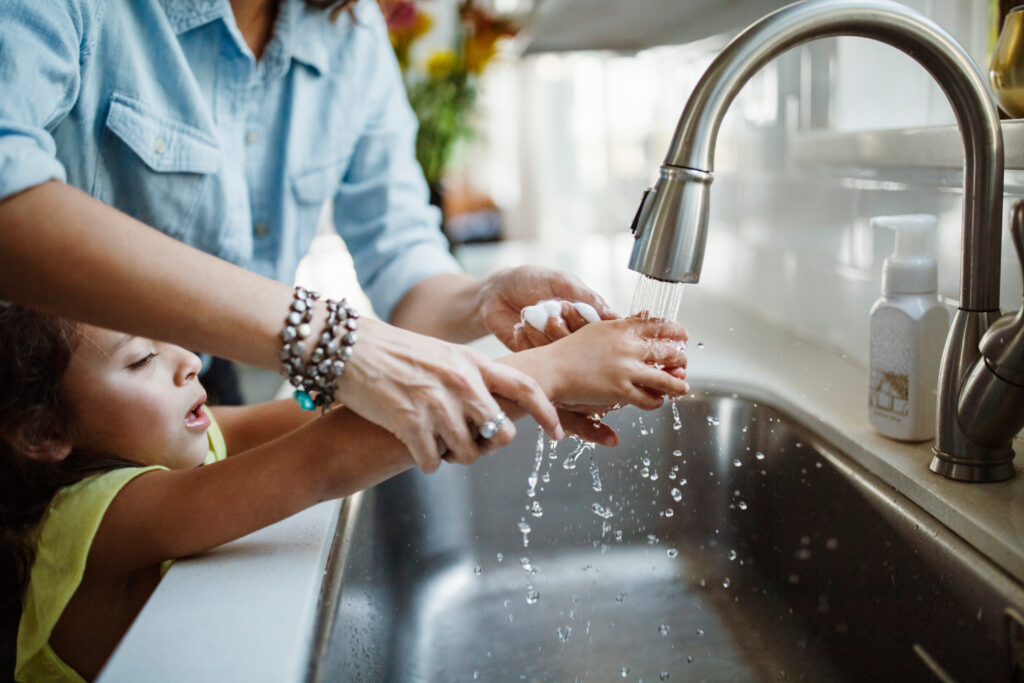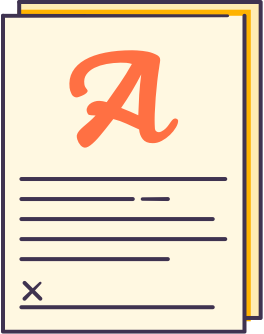Draining Water From Your Yard: Understanding the Why, the How, and the Home Impact
If you’ve ever walked through your yard after a hard rain and felt water squish beneath your feet—or worse, seen it collect and pool in stubborn areas—you’ve probably wondered what you can do about it. Draining water from your yard might not top your to-do list until it becomes a real problem. But excess moisture around your home isn’t just inconvenient; it can lead to long-term issues with your foundation, landscaping, and even the structural integrity of your property. As a homeowner, understanding the fundamentals of yard drainage is more than just practical. It’s essential. And when it comes to protecting your home systems—many of which can be affected by water overexposure—the right drainage solution becomes an invaluable line of defense.
What Is Yard Drainage and Why Does It Matter?
Yard drainage is the process of directing or removing excess water from your outdoor property. Ideally, when it rains, water should move quickly and discreetly away from your house, filtering into the soil or flowing toward designated runoff areas. When that doesn’t happen, water can pool on the surface or saturate the ground, weakening the foundation, rotting wooden structures, and fostering mold and mildew. Drainage is more than a landscaping concern—it’s directly tied to home protection. Poor drainage undermines landscaping investments, causes soil erosion, and promotes pest activity. Worse yet, water can seep into basements and crawlspaces, overwork your sump pump, and eventually jeopardize critical home systems covered under a typical home warranty.
How Yard Drainage Systems Work
Effective yard drainage systems are designed to control the movement of water across your property. They work by intercepting surface water or capturing subsurface water, then redistributing or redirecting it to a safer area where it won’t cause damage. There are several types of systems, each tailored to different terrain, soil conditions, and water volumes. French drains, for instance, collect water through a series of perforated pipes laid in gravel trenches. Dry wells let water percolate deep into the ground. Swales channel water across sloped land, while catch basins collect and transport runoff into storm systems. On some properties, a combination of approaches is necessary. Yard drainage isn’t a one-size-fits-all fix—you’re addressing both current symptoms and the underlying hydrology of your lot.
Benefits of Proper Yard Drainage
The advantages of controlling water flow in your yard extend well beyond keeping your shoes dry. For one, it preserves the integrity of your foundation. When water is left to collect near your home, hydrostatic pressure builds against your basement walls, which can cause bowing, cracking, and eventual water intrusion. Good drainage also plays an essential role in protecting your landscaping investment—plants won’t survive in overly saturated soil, and grass roots can rot if consistently submerged. Additionally, proper grading and drainage help preserve the life of your exterior systems, including HVAC units, irrigation lines, gas meters, and underground wiring. From an operational standpoint, when your home’s surrounding systems remain dry and functional, any warranty service you may need is far more straightforward.
Common Problems and Drawbacks of Inadequate Drainage
Ineffective drainage presents itself slowly—until it doesn’t. Initially, standing water may seem harmless or even disappear thanks to sun and time. But over months, or even seasons, that water affects your soil structure. Overly compacted or waterlogged soil can distort foundations and kill plant roots. Then come the more immediate annoyances: mosquito breeding grounds, slippery surfaces, and the damage to outdoor structures like patios or sheds. For homes in colder climates, winter brings an added concern—water trapped near your home’s foundation can freeze and thaw cyclically, causing frost heave and greater structural stress. Drainage missteps, such as improperly installed pipes or incorrectly pitched slopes, can also exacerbate the problem. Mistakes cascade. And over time, they become harder—and costlier—to fix.
How Drainage Interacts With Your Home Warranty Coverage
While most home warranty plans don’t cover exterior landscaping issues, properly managing yard drainage is a smart strategy for extending the life and performance of your covered interior systems. Moisture intrusion can damage everything from sump pumps to HVAC equipment. A frequently flooded yard increases the workload on sump pumps, which shortens their lifespan and can lead to coverage disputes if it’s deemed the damage was preventable. Water exposure can also lead to the premature failure of underground utility lines and exterior electrical systems that might be covered under some expanded warranties. Maintaining proper drainage supports your ability to get warranty service when needed and helps you avoid claims denials due to neglect-related causes.
Cost and Considerations: What Homeowners Should Know
The cost of installing or improving drainage varies based on system type, severity of the water issue, soil conditions, and property size. A simple grading solution may cost a few hundred dollars, while a professionally installed French drain system could run several thousand. It’s helpful to conduct a site evaluation with a professional to determine the right balance between efficiency and cost. Whether you handle the project yourself or hire out, document all work done. Not only can this help future warranty interactions go smoothly, but it also demonstrates diligent maintenance during appraisals or home sales. Don’t forget recurring maintenance—cleaning grates, inspecting pipes, and checking catch basins ensure the investment continues to protect your property.
Protecting Your Investment with the Right Warranty Partner
Proper yard drainage is a foundational aspect of home protection. While water management systems work mostly behind the scenes, their benefits reveal themselves in the durability of your most important home systems. And when things do fail—because even the best-maintained homes experience the occasional breakdown—a reliable home warranty is your backstop. With Armadillo, you get more than just a responsive repair partner. You gain a fully digital, transparent, and homeowner-focused experience that adapts to the way you actually live. For tailored home warranty protection that understands how outdoor systems support interior components, explore our flexible plan builder at this link. Or visit our main page to learn more at armadillo.one. Together, we can help you keep the water out—and your systems running.
























